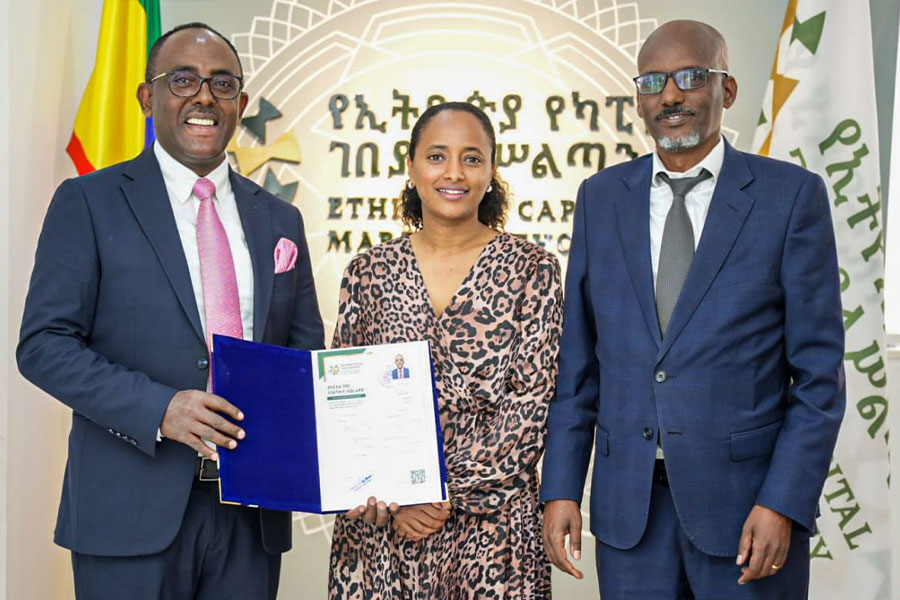
Jul 26 , 2025. By Pepukaye Bardouille ( Pepukaye Bardouille, director of the Bridgetown Initiative and special adviser on Climate Resilience to the Barbados Prime Minister's Office, was the founding chief executive officer of the Climate Resilience Execution Agency for Dominica. ) , Sara Jane Ahmed ( Sara Jane Ahmed, managing director and finance advisor of the CVF-V20, previously served as an adviser to the Philippine government. This article is provided by Project Syndicate (PS). )
Every few years, a new idea captures the imagination of development experts and practitioners. Although often launched with noble intentions and great enthusiasm, many of these concepts fade quickly, leaving little lasting impact.
Will the latest entrant, country platforms, break this cycle and fulfil its promise?
While there is no universally accepted definition of a country platform, the term typically refers to frameworks whereby developing countries take the lead in setting priorities for climate action and sustainable development, and coordinating with multilateral development banks (MDBs), donors, and the private sector to mobilise the necessary financing. It is a promising concept. But if country platforms are to avoid becoming another fleeting development trend, they should begin to deliver tangible results quickly.
Aligning diverse stakeholders is essential. But getting from alignment to impact depends on getting at least four imperatives right.
The first priority is careful consideration of the respective roles of government and the private sector. Country platforms will likely depend heavily on public-private partnerships (PPPs), which are most effective when governments make strategic decisions about where private investment and expertise can add the most value. Establishing strong risk-sharing frameworks and clearly defining the terms of engagement are also essential.
Will the latest entrant, country platforms, break this cycle and fulfil its promise?
The Philippines' Public-Private Partnership Centre, established in 2010, serves as a useful model. Operating under the guidance of the Department of Finance and the Department of Economy, Planning & Development, the Centre offers early-stage project-development support, clear policy direction, and a trusted platform for aligning government and investor interests.
One key to the Centre's success was early engagement with chambers of commerce. Another was the reform of the Build-Operate-Transfer (BOT) Law, which allowed unsolicited proposals to be considered, provided they underwent a competitive challenge. Therefore, rather than the government prescribing a specific solution, the private sector proposed approaches that aligned with national priorities and delivered the best value for money.
The resulting partnerships enabled the government to optimise service delivery, leveraging both private-sector efficiencies and innovation, on the one hand, and the government's administrative capacity, on the other. The result was 45 billion dollars in financing mobilised over a decade, and the rapid transformation of the Philippines' infrastructure.
But country platforms extend beyond PPPs, which may not be well suited to advance certain priorities, such as social-service delivery or some aspects of climate adaptation, especially in less-developed economies or post-conflict and post-disaster settings. In these cases, the public sector should be able to deliver.
This brings us to the second imperative: clear and granular delegation of ownership for implementing the agenda.
After Hurricane Maria devastated the small island state of Dominica in 2017, the government passed the Climate Resilience Act and established the Climate Resilience Execution Agency for Dominica (CREAD). Backed by a mere five million dollars in donor funding for its initial four-year mandate, the Agency was up and running within three months, with highly experienced, motivated, and mostly local or regional staff in place. Despite this promising start, however, CREAD failed to live up to its potential in the first two years of its mandate, and insufficient ownership is a key reason why.
Officially, CREAD was mandated to lead the development and delivery of an ambitious, home-grown resilience agenda. But in practice, it was not given the full authority it needed to do so. Perhaps the Agency's legal remit was considered too expansive. Or maybe its fast-paced operating style was too much of a departure from the civil-service norm. Whatever the reason, CREAD was essentially relegated to the role of adviser, even on projects where its in-house procurement or construction expertise could have been a game-changer.
CREAD had little choice but to support initiatives that had previously been approved by development partners, with predetermined scopes of work and implementation modalities. While the Agency did leave some positive legacies - it is credited with developing Dominica's Climate Resilience and Recovery Plan and building ministerial capacity – it was unable to complete the job for which it was created, causing its initial leadership team to resign.
The broader lesson from both the Philippines and Dominica is that alignment of external partners alone cannot deliver transformative change. If country platforms are to meet their potential, they should be truly nationally defined, mission-driven, whole-of-government-led mechanisms. And governments should be prepared to operate in new and possibly unconventional ways.
Success depends on intention, ownership, and capacity, but even more so on incentives, which constitute the third imperative. For governments, external incentives like those used in the Highly Indebted Poor Countries Initiative (HIPCI) or the Extractive Industries Transparency Initiative can help to drive progress. So can internal mechanisms, such as performance-based contracts for state-owned enterprises.
Development partners, for their part, should understand that their role is to support governments in achieving their priorities, not to elevate priorities of their own. And they need incentives to act accordingly at all levels. For example, technical assistance or grants from MDBs and donors should be directed to support project pipeline development and the establishment of locally-led implementation frameworks that will remain in place for the long term. There should also be incentives for MDBs to collaborate, rather than compete, with one another.
Country platforms stand a greater chance of gaining traction if they are tied to macroeconomic planning tools (such as medium-term spending frameworks and the IMF-World Bank debt-sustainability analyses) and other strategic financing instruments (such as debt-for-development swaps) – the fourth imperative. This would enable finance ministries to establish the platforms' value from a broader macro-fiscal perspective, credibly demonstrating the benefits of increased concessional financing for growth and resilience initiatives and, by extension, credit-rating improvements.
While there is no silver bullet for development, country platforms can help advance complex investment agendas, particularly where institutional gaps in delivery or coordination are hampering progress, not least by identifying and backing the most effective projects. But good intentions and elegant frameworks will not produce these outcomes without strong public leadership, context-specific delivery models, and a relentless focus on outcomes.
PUBLISHED ON
Jul 26,2025 [ VOL
26 , NO
1317]

Photo Gallery | 180447 Views | May 06,2019

Photo Gallery | 170646 Views | Apr 26,2019

Photo Gallery | 161699 Views | Oct 06,2021
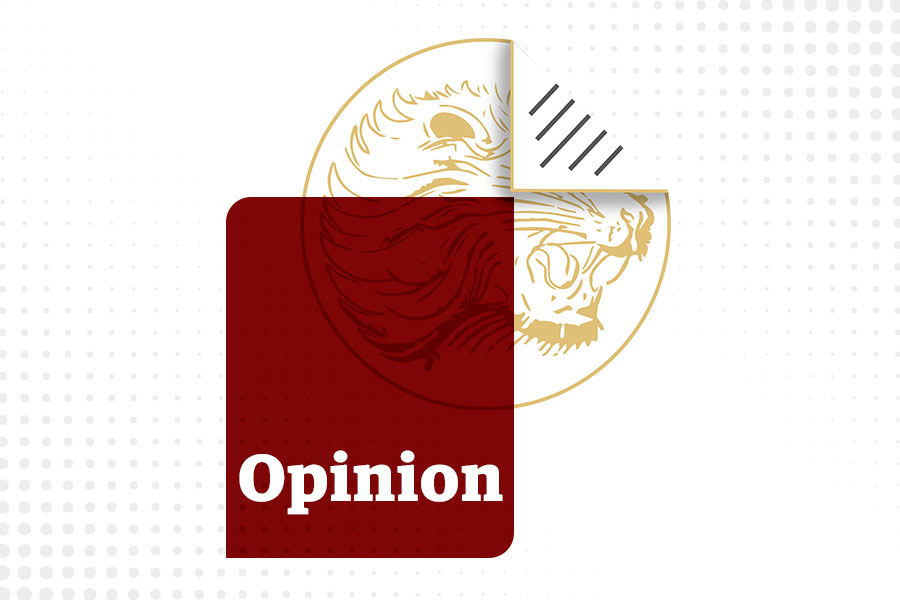
My Opinion | 137282 Views | Aug 14,2021
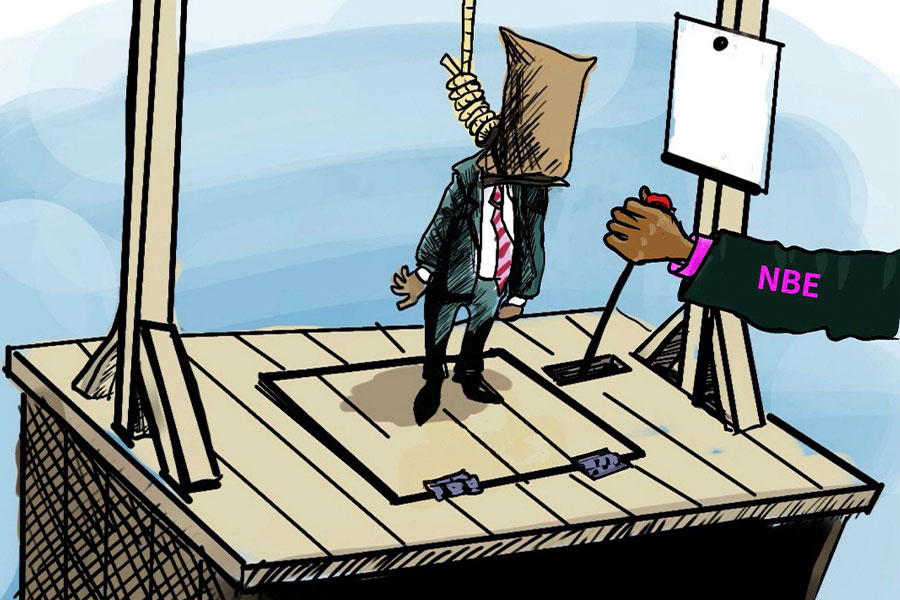
Nov 1 , 2025
The National Bank of Ethiopia (NBE) issued a statement two weeks ago that appeared to...
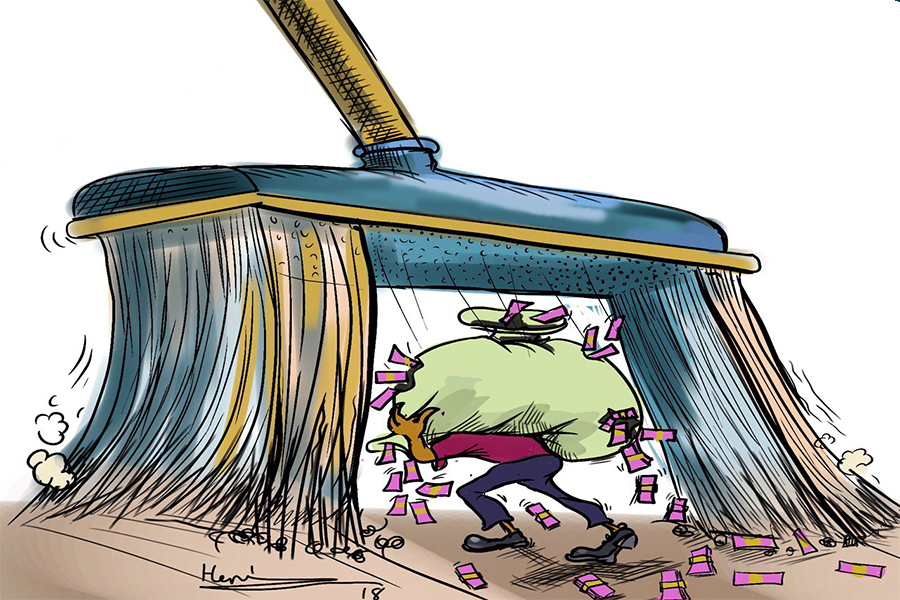
Oct 25 , 2025
The regulatory machinery is on overdrive. In only two years, no fewer than 35 new pro...
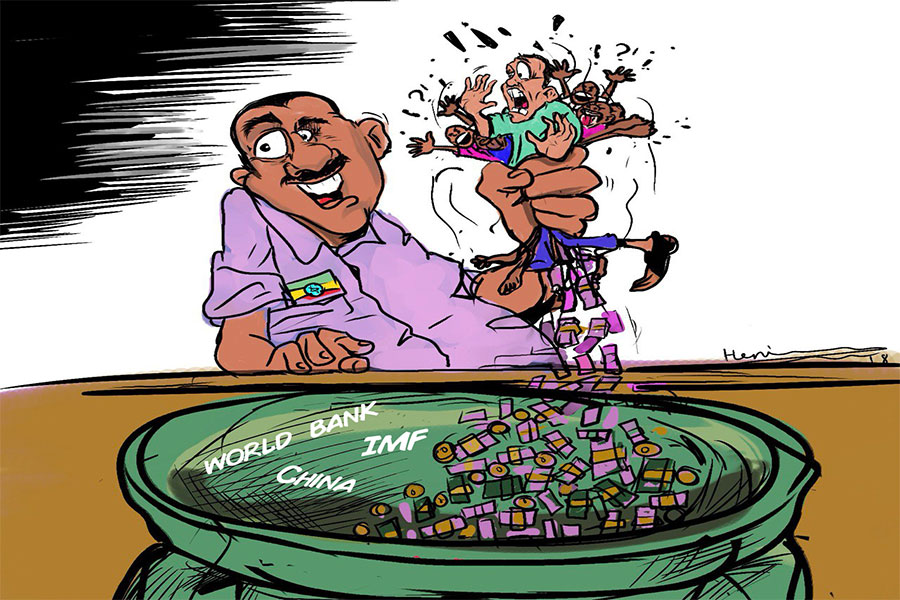
Oct 18 , 2025
The political establishment, notably the ruling party and its top brass, has become p...
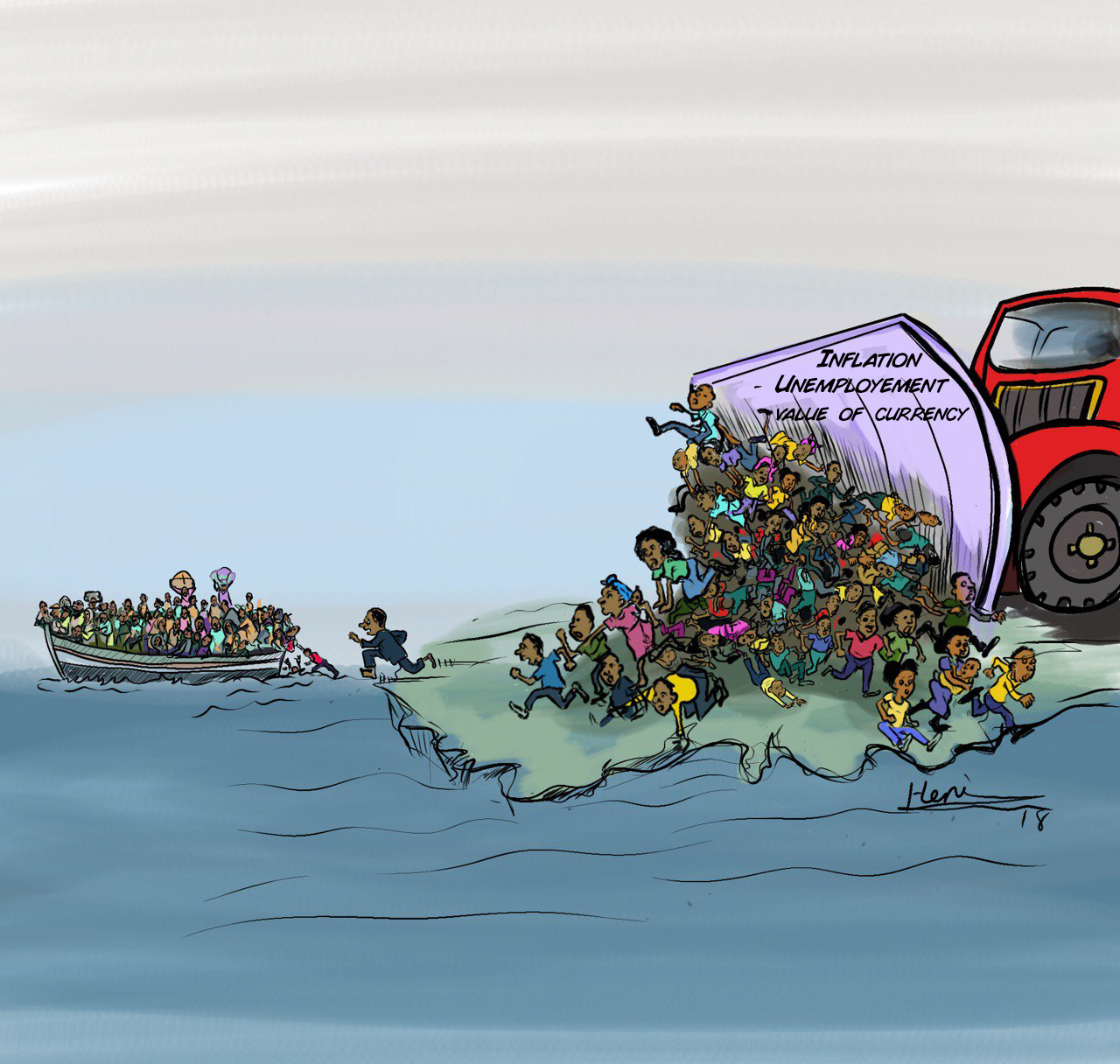
Oct 11 , 2025
Ladislas Farago, a roving Associated Press (AP) correspondent, arrived in Ethiopia in...